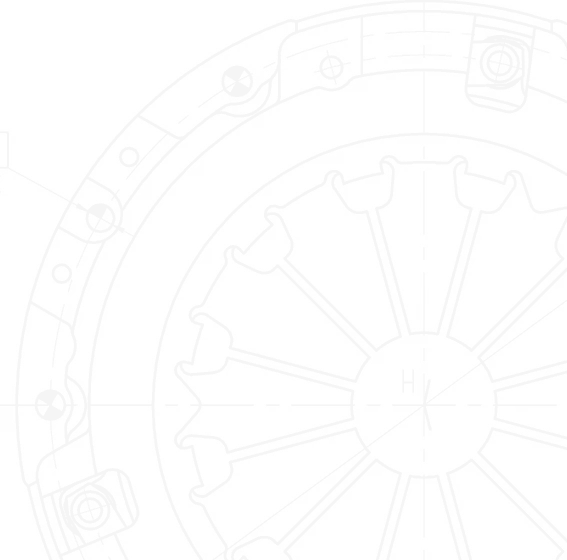
- Mobile Phone
- +8613931874955
- sales@cntcmetal.com
Installing External Corner Beads for Plasterboard Wall Finishing Techniques
Understanding Plasterboard External Corner Beads A Guide for DIY Enthusiasts
When it comes to finishing touches in drywall installation, the importance of using plasterboard external corner beads cannot be overstated. These integral components serve a vital role in enhancing both the aesthetic appeal and structural integrity of the corners in your drywall project. Whether you are a seasoned professional or a DIY enthusiast, understanding what corner beads are and how to use them effectively can make a significant difference in your finishing results.
What Are Plasterboard External Corner Beads?
Plasterboard external corner beads are protective strips that are applied to the corners of drywall installations. Made from materials such as metal or plastic, these beads create a smooth, straight edge that helps prevent damage to the corners while also providing a foundation for finishing materials. They serve not only to reinforce the corners but also to ensure a clean and professional appearance.
The most common types of corner beads are metal corner beads, PVC corner beads, and paper-faced corner beads. Each type has its advantages, depending on the specific needs of your project. Metal corner beads are robust and ideal for high-traffic areas, while PVC beads are lightweight and resistant to moisture making them suitable for bathrooms and kitchens. Paper-faced corner beads are easy to work with and provide a seamless finish, often used in residential areas.
Benefits of Using Corner Beads
1. Durability By reinforcing the corners of your drywall, corner beads help prevent chipping and cracking that can occur over time due to wear and tear.
2. Aesthetic Appeal Using corner beads results in sharp, clean angles that enhance the overall look of finished walls, providing a professional appearance.
3. Easy Finishing Corner beads create a perfect surface for applying joint compound and tape, simplifying the finishing process. This can lead to faster project completion and less time spent on repairs.
4. Versatility Corner beads can be used in various settings, from homes to commercial buildings, and are suitable for both interior and exterior applications.
plasterboard external corner bead

How to Install Plasterboard External Corner Beads
Installing plasterboard external corner beads is a straightforward process, but it requires some attention to detail to ensure optimal results. Here’s a simple step-by-step guide to help you through the installation
1. Preparation Begin by measuring the length of the corners where the bead will be installed. Cut the corner bead to size, allowing for a slight overlap at the ends.
2. Dry Fit Before attaching, position the corner bead against the wall to ensure a proper fit. Adjust as necessary.
3. Attach For metal corner beads, use drywall screws to secure the bead to the drywall every 12 to 16 inches. For PVC or paper-faced beads, you can use adhesive or the same drywall screws, ensuring the bead is flush with the surface of the drywall.
4. Apply Joint Compound Once the corner bead is secured, apply joint compound over the bead and feather it out to create a smooth transition to the drywall. Allow it to dry completely.
5. Sand and Finish After the joint compound dries, sand the area to achieve a smooth finish. You may need to apply additional coats of joint compound, repeating the sanding process as necessary for the best results.
6. Painting Finally, once the corner is dried and smooth, you can paint the area to match the rest of your walls.
Conclusion
Plasterboard external corner beads are essential tools for anyone looking to achieve professional-grade drywall finishes. They not only enhance the look of your project but also provide much-needed protection for vulnerable corners. With proper installation techniques and attention to detail, you can elevate the quality of your drywall work, leaving you with a beautifully finished space that is sure to impress. Whether you're tackling a small renovation or a larger construction project, incorporating corner beads into your drywall installation will undoubtedly yield impressive results.
share:
-
Your Source for Concrete Wall Ties and Masonry AccessoriesNewsJul.10,2025
-
Unlocking the Power of Iron Wire for Every ProjectNewsJul.10,2025
-
Explore Advanced Chain Wire and Stainless Steel Mesh FencingNewsJul.10,2025
-
Discover the Benefits of Annealed Wire ProductsNewsJul.10,2025
-
Discover China Stainless Steel Wire Mesh SolutionsNewsJul.10,2025
-
Build with Confidence Using High-Performance Masonry AccessoriesNewsJul.10,2025
-
Why Sacrificial Formwork Is Redefining Underground ConstructionNewsJun.06,2025



















